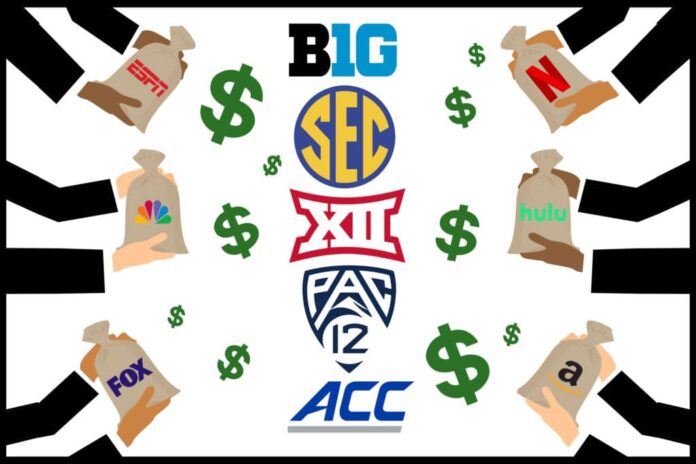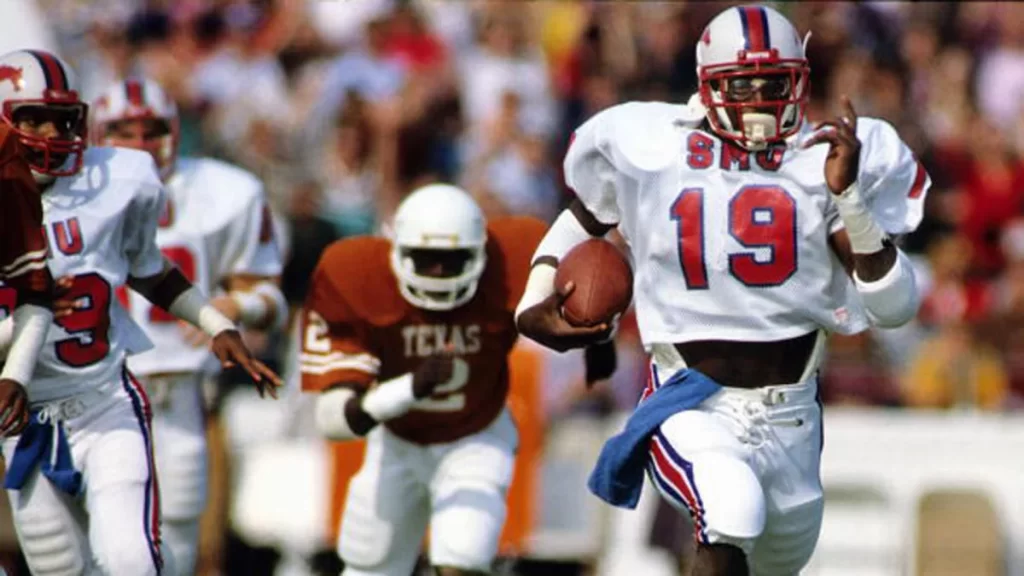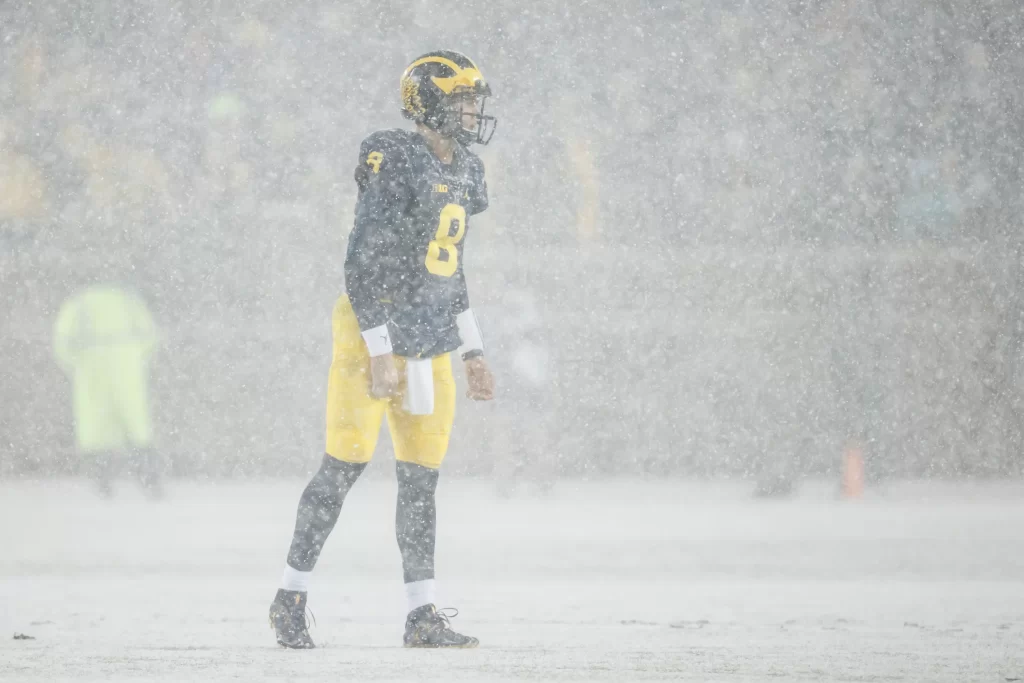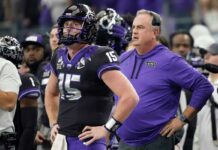
It was during the breakup of the Southwest Conference back in 1996, when I first realized that institutions of higher learning many times had lower levels of loyalty when it came to their conference partners. The first cracks in the armor of the SWC appeared in 1991, when the University of Arkansas (the only non-Texas school in the conference) bolted for what they saw as greener football pastures in the SEC. Fast forward five years later when Baylor, Texas, Texas A&M, and Texas Tech hitched their wagons to the schools of the former Big 8, and formed the shiny and new Big 12, leaving my Horned Frogs, SMU, Rice, and Houston to fend for themselves. And just like that, the eight-decade-old SWC was no more.
With a history rich in tradition, and second in age only to the Big 10, the SWC’s beginnings go back to early 1914, when University of Texas athletic director L. Theo Bellmont sent out questionnaires to schools in Texas and neighboring states to gauge their interest in organizing an athletic conference. By March 1 of that year, a number of schools had responded favorably to the idea, including Oklahoma, who was a member until 1919, and Oklahoma A&M (now Oklahoma State), who was a member until 1925 when they followed their in-state rival to what was then the Missouri Valley Intercollegiate Athletic Association (later becoming the Big 8).
Arkansas, Baylor, Rice, Texas, and Texas A&M officially joined the SWC in 1915, SMU came on board in 1918, and TCU followed suit a few years later in 1923, and thus the nucleus of the conference was formed. Texas Tech and Houston were later arrivals, with the Red Raiders joining in 1958 and the Cougars in 1972. Legendary athletes such as Davey O’Brien, Bobby Layne, Sammy Baugh, Doak Walker, Bob Lilly, Tom Landry, Earl Campbell, Mike Singletary, Lance Alworth, Dan Hampton, and Eric Dickerson plied their craft on the gridiron for the SWC, and stars like Sidney Moncrief, Hakeem Olajuwon, Clyde Drexler, Vinnie Johnson, Alvin Robertson, Ricky Pierce, and Darrell Walker thrilled their fans on the hardwood. But then, in the blink of an eye, it was all gone. So much for history and tradition.
Of course, other schools have left their conference brethren hanging out to dry through the years as well, all lured by more lucrative television contracts. Intense rivalries that had existed for decades suddenly vanished, with schools like Nebraska leaving the Big 12 and its annual game with the Sooners in 2011, and Texas A&M saying goodbye to the Longhorns as they exited stage-left for the SEC in 2012. Conference names that once made sense were now illogical, with the Big 10 hosting 14 schools, the Big 12 about to be 16 strong, and one west coast conference having to create new logos every few years as it morphed from the Pac 8, to the Pac 10, to the Pac 12.
But throughout the movement and realignments, we still seemed to hold on to some semblance of conference regionality. It wasn’t until Colorado moved to the Pac 12 in 2011, and Rutgers joined the Big 10 in 2015, that we started really pushing geographic boundaries. Now we have USC, UCLA, Washington, and Oregon relocating to the previously Midwest-centric Big 10, Central Florida, BYU, and Cincinnati joining the Big 12, and Oklahoma and Texas moving to the Southeastern Conference.
We’ll see how this all plays out as far as recruiting pros and cons go for each of these programs, and whether or not the moves add up to more wins or more losses on the field. After all, Southern California kids don’t have a lot of experience with those mid-November weather conditions that play out in Ann Arbor, Madison, Minneapolis, and East Lansing. And Tuscaloosa, Baton Rouge, and Athens aren’t fun places to visit no matter what the temperatures are.
All of the movement and conference realignment is, and always has been, driven almost exclusively by football (and to a much lesser extent men’s basketball), and the huge TV contracts that accompany membership in the power conferences. But what about the many other collegiate sports, the non-revenue and Olympic sports? Will the cost of traveling cross-country become prohibitive for the gymnastics, swimming and wrestling programs? And what about the increased time commitment for the student-athlete with these geographically extended schedules? Baseball and softball, for example, don’t have the luxury of playing only one game a week in a single location like football does.
I don’t know if anyone really knows where this is all headed, but maybe it’s time to consider separating revenue from non-revenue sports as far as conference affiliation goes. Let the major TV sports realign as they see fit, which ultimately may follow the format of the NFL and NBA, with a couple of conferences further broken down into a handful of divisions. Or maybe everyone just falls in line behind the Big 10 and SEC as the “Power 2”, and those who don’t get an invite to the table are simply left out. Either way, here’s hoping it’s not all done at the expense of the athletes who compete in those other sports. Everything can’t always just be about the bottom line. Can it?












